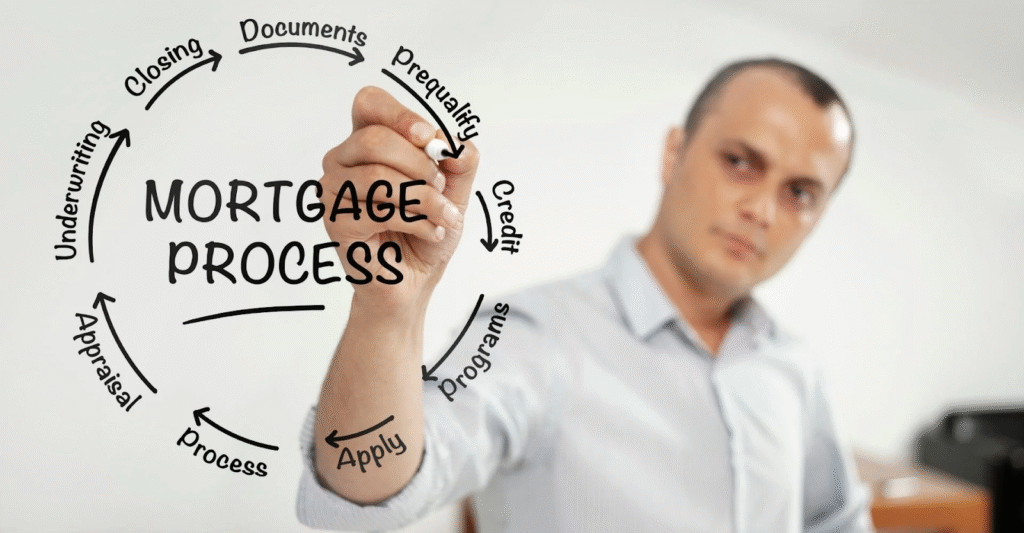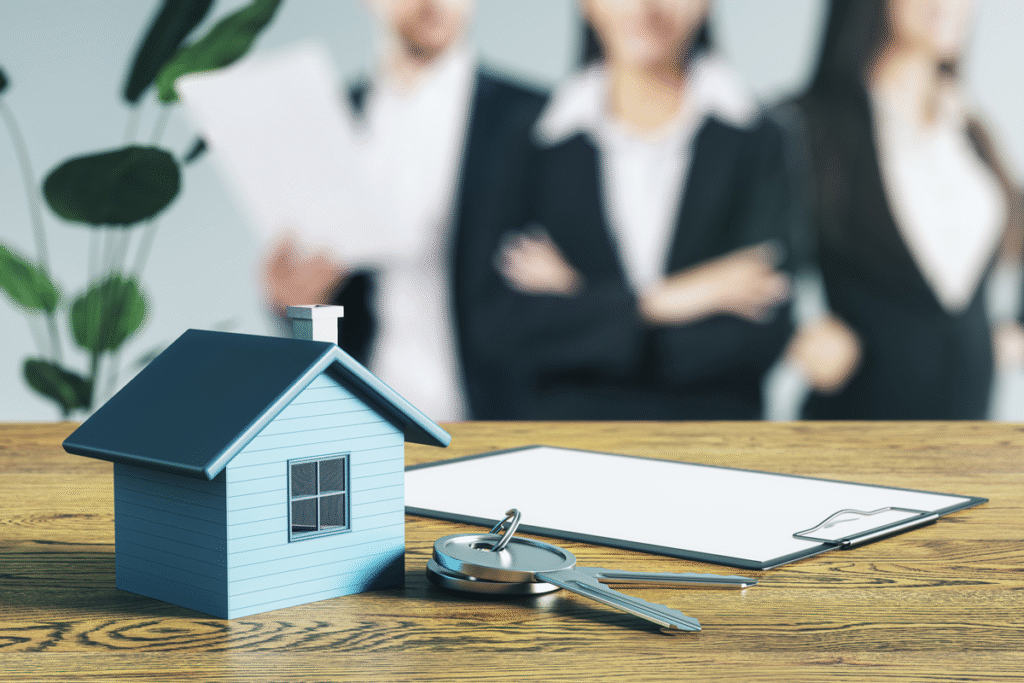- Internet-zero households, after built, produce no carbon dioxide by utilizing renewable energy to electric power appliances.
- The significant prices of setting up a internet-zero household is generally recouped by strength discounts and tax credits.
- Architects, developers, and buyers explained to Insider they want to lower dependency on fossil fuels.
- This posting is part of the “Generating Web Zero Attainable” series, uncovering ahead-wondering methods that can make a net-zero future a actuality.
Web-zero is just not a new way of performing factors, but the making basic principle that prioritizes generating extra electricity than a construction consumes is ultimately coming into its own.
Internet-zero removes the use of fossil fuels like organic gasoline in houses by swapping in electrical choices, powered by on-website strength solutions like photo voltaic panels and wind turbines. The after-fringe strategy is profitable assistance from internationally lauded architecture companies, tiny builders, and acutely aware buyers who are looking for a way to tread additional flippantly on the earth with out compromising creature comforts or their layout ideals.
Just take Sawmill Household, constructed by the Seattle-dependent architecture organization Olson Kundig in California’s substantial desert, where summers are scorching and winters are brutal.
Overhangs aid protect the household from the sunlight, permitting it to continue to be at a more stable temperature for the duration of the hotter months, even though significant insulation can help the residence retain warmth in the wintertime. A equivalent system is applied in passive-dwelling building, which makes use of passive characteristics like sun and shade alongside triple-glazed windows and insulation to preserve the home’s inside natural environment for an energy-effective structure.
Sawmill House, intended for a chemical engineer and a ceramicist, “was built to increase daylight, solar electrical power, and natural air flow,” Tom Kundig, an Olson Kundig principal, claimed.
The final result is a internet-zero, off-the-grid home that runs on solar electrical power and generates 96% less carbon dioxide than a equivalent making. (Or 100% significantly less, if you really don’t count the propane made use of to operate the grill, Kundig stated.)
Gabe Border
Olson Kundig has developed a spate of structure-forward, internet-zero households across the United States and Canada that prioritize using renewable-strength resources about fossil fuels. The assignments not only harness renewable-energy sources to electricity the attributes, they also typically loop in recycled setting up products like steel and reclaimed wooden to even further decrease a home’s environmental effects.
Sawmill Residence, for case in point, was made in portion with reused and recycled resources, such as 25 tons of metal salvaged from a decommissioned cement plant nearby. This not only taken off the resources from the squander stream but also served the house owner help you save an estimated $40,000. Mainly because Sawmill is off-grid and takes advantage of solar electricity, the property has no yearly utility charges further than the around $500 its proprietors expend on propane each yr.
Although web-zero homes need an preliminary expense to obtain and set up the know-how and methods that will maintain the home, they make up for it in energy financial savings about time. The programs have also become significantly less highly-priced over the years, reducing the economic barrier for who can afford to construct a internet-zero dwelling — nevertheless there is nonetheless a techniques to go in producing it an attainable option for a much larger swath of the inhabitants.
Mark Z. Jacobson, a Stanford University professor of civil and environmental engineering, completed his very own web-zero home in 2017. The Stanford, California, home options electrical power-effective appliances alongside other hallmarks of net-zero homes like excellent insulation and LED lighting.
Via on-web site photo voltaic panels, the property has produced, on typical, 120% of the electrical energy it requires to run in excess of the earlier five decades. The 20% of electricity sent back again to the grid has generated a lot more than $4,000 in payments to Jacobson from Silicon Valley Thoroughly clean Power.
“The solar and battery devices have been completely paid out off,” Jacobson reported. He estimates he is saved $16,000 by eschewing a gas hookup and piping in favor of a procedure driven by electrical power, and has saved $30,000 in utility costs around five decades. Jacobson said he also been given $40,000-moreover in subsidies, citing a 30% federal tax credit history for photo voltaic and a state credit history for the batteries utilized to electric power the residence.
The Stanford property has even gotten the glossy shelter-publication remedy, with a feature on Dwell showcasing its ultramodern interiors. “You can not notify this is any unique from any other fashionable home,” Jacobson said.
The flooring are hickory and marble, and he has all the appliances 1 would count on in a modern day property. He also described that in the five several years he is lived in the house, not a solitary LED mild bulb has essential replacing.
Matthew Williams
The strategy that strength performance in design and style can generate an equally, if not more pleasing, inside is just one that the Brooklyn Home Company founder Bill Caleo also embraces. The little New York advancement firm hews to the ideas of passive house, a method similar to internet-zero that Caleo describes as “a European developing strategy of creating a super energy-economical home, reducing your carbon footprint, and decreasing your heating and cooling charges by about 50%.”
Caleo said he’s found an uptick in fascination in properties his agency has designed through the pandemic, not only for the reason that of their electricity effectiveness but also due to the fact of the air top quality that will come with this variety of enhancement. The Brooklyn Household Business recently finished a 14-condominium constructing referred to as Timber Dwelling in the borough’s Park Slope neighborhood with rooftop photo voltaic panels, triple-glazed home windows, and electricity-restoration air-filtration methods that encourage electrical power efficiency and air top quality.
“Coming out of COVID, men and women are a lot more and extra curious about passive property for the reason that of the filtered new air and being balanced within,” he claimed.
Jacobson also noted that internet-zero houses will not practical experience the air pollution that standard houses do from burning fuel.
As the know-how to make properties that use cleanse electricity a lot more competently gets to be additional readily available, adopting a additional common embrace of the practice feels like a no-brainer.
For Jacobson, it’s rather easy: “There’s very little that purely natural fuel can do that electric power are unable to do better — and cleaner.”




More Stories
Chalet House Style Ideas Perfect for Cozy Retreats
Penthouse House Style Inspirations for Modern Luxury
Victorian House Style Ideas That Radiate Elegance